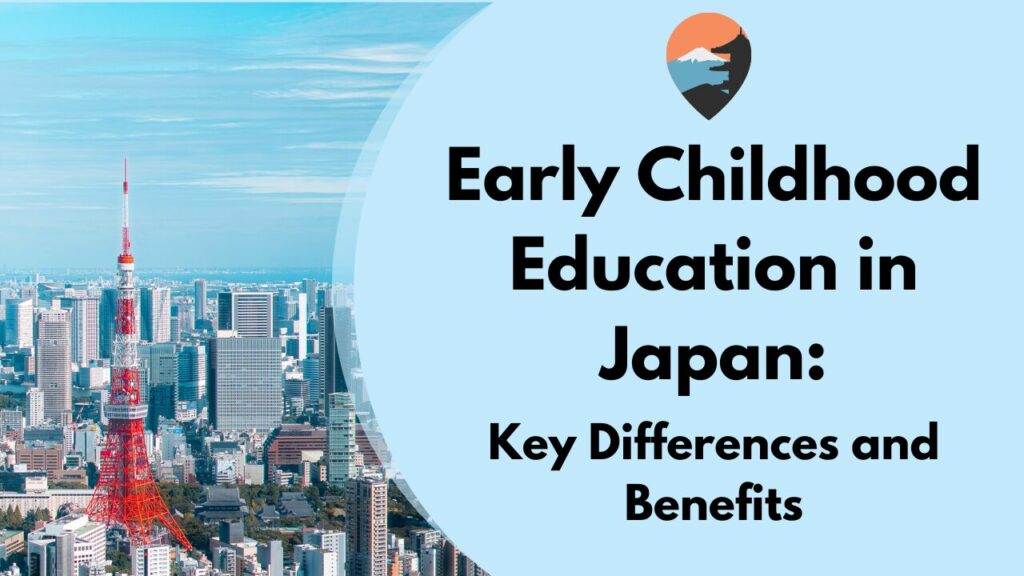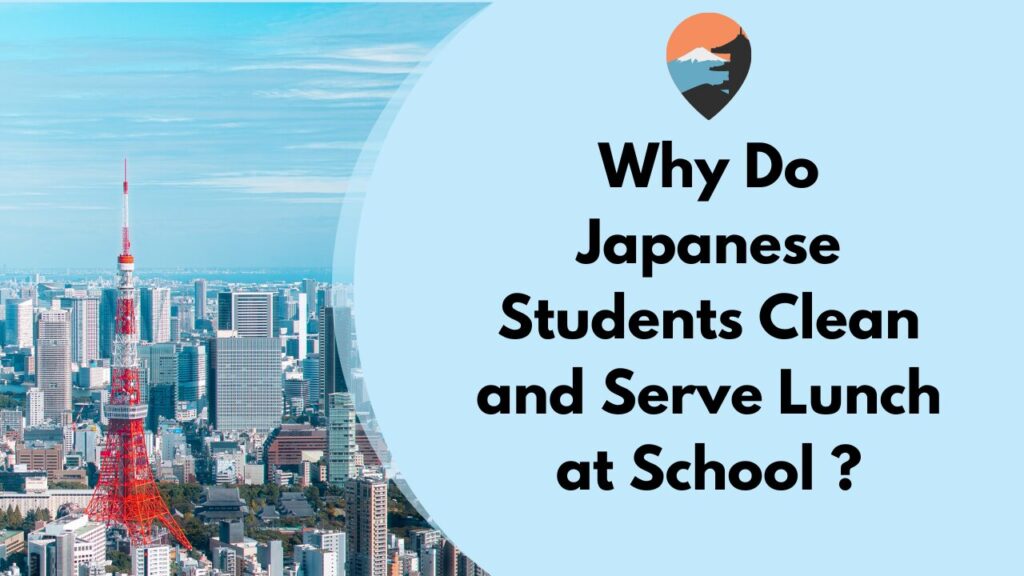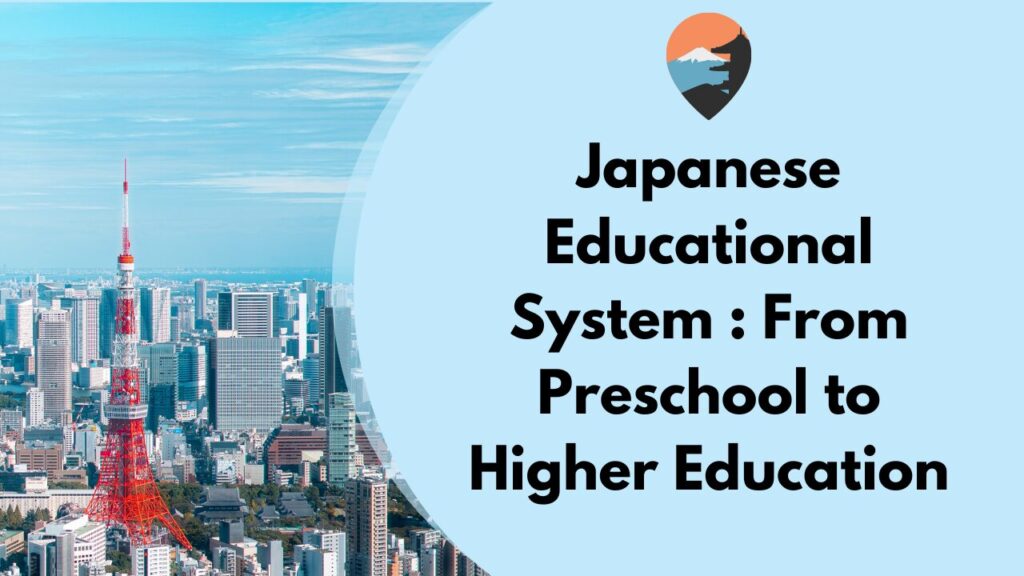Selecting the ideal preschool for your child is a pivotal choice that influences a child’s formative years and sets the stage for lifelong learning. In Japan, parents can choose between Kindergartens (Yochien) and Nursery Schools (Hoikuen), each with its own unique educational approach and philosophy. But what if you could combine the best of both worlds? Uncover the distinct characteristics of these institutions and explore what makes them stand out in shaping the next generation of Japanese society.
Types of Preschools in Japan
Before enrolling their children in compulsory education starting with elementary school, most parents in Japan send their children to a preschool – Kindergarten (Yochien) or a Nursery School (Hoikuen).
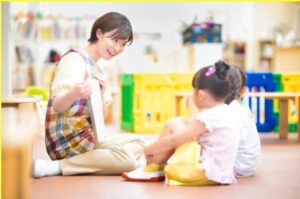
Difference between Hoikuen and Yochien
In Japan, there are mainly two types of preschools: Kindergartens (Yochien) and Nursery Centers (Hoikuen). Each facility has different targets, methods, aims and educational contents.
<Target>
Kindergarten is a part of school education for children from 3-5 years old, and provides an educational curriculum based on the Course of Study, Educational Framework of Japan established by the Ministry of Education, Culture, Sports, Science and Technology.
On the other hand, Nursery Centers cater to infants, specifically babies up to 5-year-old children attending preschool, who require assistance in fulfilling childcare needs. These centers adhere to childcare guidelines established for Nursery facilities. Regarding early childhood education for children aged 3 and over, Nursery Centers are consistent with kindergartens.
<Education method>
Kindergarten:
– Observe the developmental process of infants, and setting goals and content according to their interests, concerns, and development areas.
– Create a suitable environment to help young children get the experiences they need.
– Help young children develop their own activities in the desired direction.
– Teach the basics of education by the teachers.
Nursery centres:
– Take care of the children while understanding the living conditions and circumstances of their families.
– Give consideration to the child’s development and provide child care depending on their individual developmental areas.
– Respect the child’s life rhythm and balance the flow of their life.
– Create an environment where children are encouraged to involve themselves voluntarily, emphasis is given to children’s independent activities, and they are provided comprehensive childcare through play.
– Help children build relationships through group activities.
– Proper consideration of human rights and cultural differences.
<Aim and Educational Content>
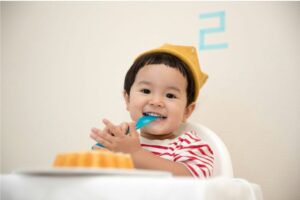
Kindergarten:
– The emphasis is on fostering a child’s emotions, motivation, and attitudes, that are expected to develop by the time they complete kindergarten.
– They introduce concepts, aims, content, content management, etc. for 5 domains (health, human relations, environment, language, expression).
– The focus is on the content that teachers teach.
Nursery centers:
– They set substantial childcare goals for each developmental process, and aim for cultivating the feelings, desires, and attitudes that children are expected to acquire.
– The childcare guideline shows the characteristics of development, attitudes and relationships of childcare workers, aims, contents, considerations, etc.
– For children aged 3 and over, fundamental concepts about the daily necessities of life are introduced, and childcare content aligns with the same five areas as the kindergarten curriculum.
Integrated Centers for Early Childhood Education and Care (Yohorenkeigata-ninteikodomoen)
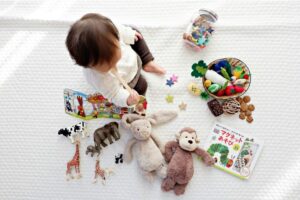
As you saw in the last section, both Kindergarten and Nursery centers in Japan are beneficial for the development of children. Can’t we enjoy the benefits of both?
Indeed, since 2010 a new type of early childhood care and education system has been established, known as Integrated Centers for Early Childhood Education and Care (Yohorenkeigata-ninteikodomoen).
They combine the functions and characteristics of both kindergartens and nursery centres. Additionally, they offer…
- Child upbringing support services for local communities, which are not offered in Kindergartens.
- Early childhood education for children, which is not available in nursery centres.
- Childcare services from infancy to preschool, addressing the gap for children under 3 who were not allowed in kindergarten.
This table shows early childhood care and education services available at Kindergarten, Nursery Centers and Integrated Centers in Japan.
As you can see, Integrated Centers for Early Childhood Education and Care can have the benefit of both kindergarten and nursery centers. The number of Integrated Centers is increasing every year, but they are still few in number.
| Kindergarten | Integrated Centers | Nursery Center | |
| 3~5 | 0~5 | 0~5 | |
| Preschool Education | ✔ | ✔ | – |
| Childcare support services in Community | – | ✔ | ✔ |
| Under 3 years old child care | – | ✔ | ✔ |
Summary
Japan offers a fascinating and multifaceted approach to early childhood education, providing tailored options that cater to various developmental needs and family situations. From structured learning environments in Kindergartens to the nurturing care in Nursery Schools, and the innovative Integrated Centers that blend the best of both, Japan’s preschool system is a testament to its commitment to holistic child development. This blend of educational philosophies ensures that every child receives the support they need to thrive. Discover how Japan’s unique preschool landscape not only prepares children for future academic success but also fosters a strong foundation for lifelong growth and community involvement.
For those who want to know more about Japanese education
Shin Edupower provides programs that enable online exchange and collaboration between schools in India and Japan, as well as study tours to Japan for educators and students. If you would like to know more about education in Japan, please feel free to contact us here.

